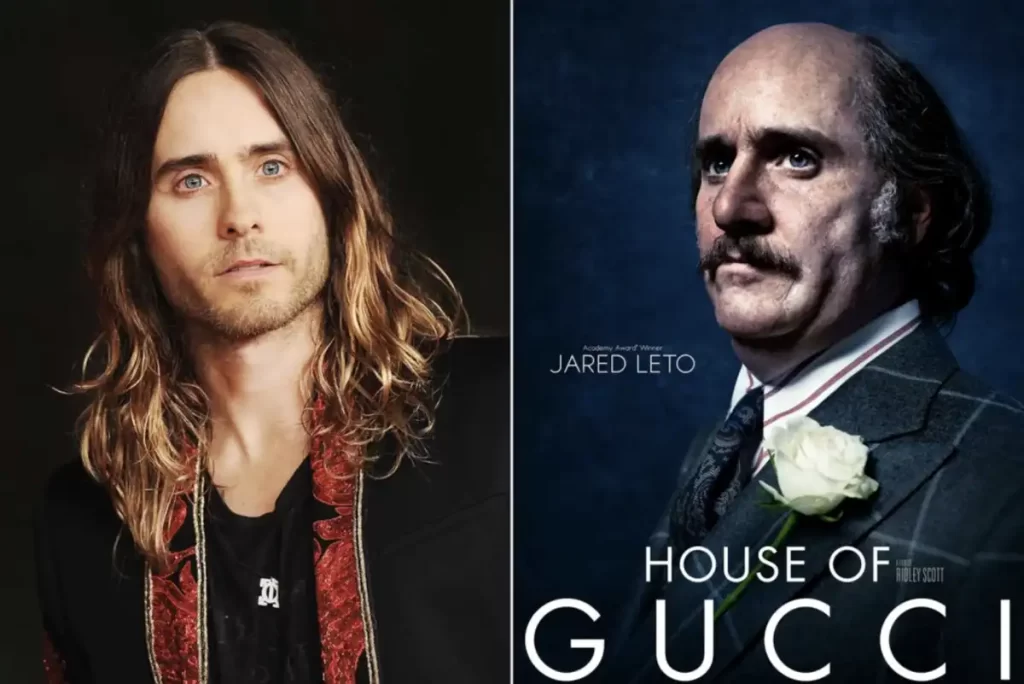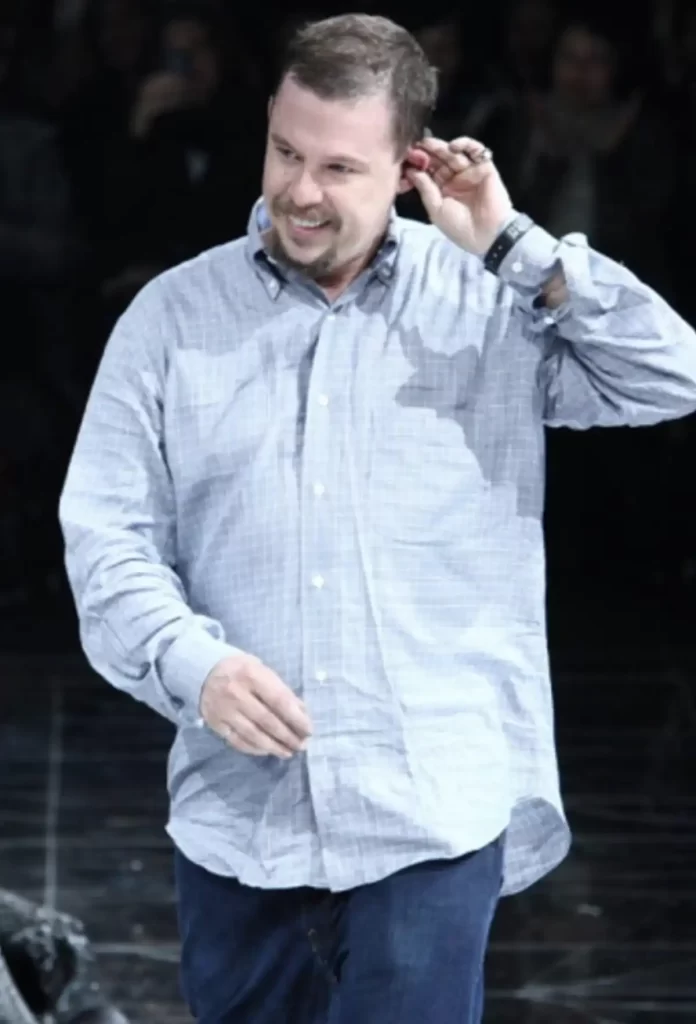Introduction
The mutually beneficial relationship between fashion and Hollywood has long underpinned both the entertainment and style industries. As Hollywood talent agencies are aligned with the growing globalisation, social media influence, and brand marketing of the fashion industry, designers are realising the value of partnering up with these agencies. These collaborations are reanimating the blossoming of relationships between fashion houses and the entertainment industry, influencing not just red carpets and celebrity wardrobes but also marketing initiatives, endorsements and cultural narratives.
The Growing Intersection of Fashion and Hollywood
Fashion and Hollywood have had a close relationship for as long as either have been around, both motivated by similar interests in aesthetics, narrative and public impact. Due to their huge fan following, Hollywood celebrities make for effective brand ambassadors for fashion designers. Nightlife impresarios, however, shape the public perception of celebrities, turning them into aspirational figures with carefully curated closets. In recent years, Hollywood talent agencies like Creative Artists Agency (CAA), United Talent Agency (UTA) and William Morris Endeavor (WME) have veered into fashion territory, signing on not just actors and musicians, but also major fashion designers and labels. These agencies serve as intermediary players, introducing fashion designers to notable Hollywood talent for collaborations, endorsements and strategic partnerships.

Why Collaborate with Hollywood Talent Agencies?
Fashion designers are primarily interested in being more visible, reaching powerful networks, and having their brand identities associated with international entertainment entities. As cultural icons whose influence crosses borders, Hollywood celebs can catapult a fashion brand’s popularity and commercial success simply by taking the placement. When designers collaborate with Hollywood talent agencies, they have direct access to some of the biggest A-list celebrities who could wear their creations to red carpet events, film premieres, and other high-profile gatherings. Such showings not only spawn huge media coverage but also impact what consumers know and what they buy. So when Margaret Zhang wore Valentino to a major film premiere, or Zendaya showcased a Loewe look, the chatter rippling through the fashion and entertainment media was instantaneous.

Hollywood talent agencies facilitate partnerships where actors, musicians, or directors collaborate with designers on campaigns or capsule collections. These collaborations lend an air of exclusivity and cultural relevance to the fashion brand. For example, Gucci’s collaboration with Jared Leto or Prada’s campaigns featuring Scarlett Johansson are not just advertising strategies but cultural events that resonate with fans and fashion enthusiasts alike. With Hollywood agencies actively representing fashion designers, the opportunities to explore diversified revenue streams increase. Designers can participate in creative endeavours like costume designing for films and television, collaborations on music videos, or co-producing fashion documentaries. These projects expand the brand’s presence beyond traditional retail and digital platforms.

Key Collaborations Reshaping the Industry
Several partnerships between fashion designers and Hollywood talent agencies have set new benchmarks, signaling the growing importance of these collaborations in the fashion industry.
1. The CAA and Tom Ford Partnership: Creative Artists Agency (CAA) represents fashion designer Tom Ford, whose dual identity as a filmmaker and designer exemplifies the evolving relationship between Hollywood and fashion. Ford’s ventures into film, such as A Single Man and Nocturnal Animals, were not just critical successes but also masterclasses in aesthetic storytelling that further solidified his influence in both industries. CAA’s representation of Ford highlights the agency’s ability to merge fashion and cinema seamlessly.

2. Valentino and Zendaya – A Match Made in Red Carpet Heaven: Zendaya’s collaboration with Valentino, facilitated through her representation at WME, is a prime example of a successful fashion-Hollywood partnership. As Valentino’s global ambassador, Zendaya’s appearances in the brand’s creations have consistently made headlines. Her looks, often curated with the help of Hollywood stylists like Law Roach, have not only elevated Valentino’s visibility but also reinforced Zendaya’s status as a style icon.
3. Alexander McQueen and UTA: Alexander McQueen, represented by United Talent Agency (UTA), has seen its designs featured in iconic films, music videos, and celebrity appearances. UTA’s strategic partnerships have enabled the brand to secure endorsements and placements that align with its avant-garde image. Notably, UTA has also played a key role in positioning McQueen within pop culture spaces, ensuring its relevance across entertainment platforms.

4. Gucci and Hollywood’s Elite Circle: Gucci’s association with Hollywood celebrities like Harry Styles and Jared Leto underscores the power of strategic collaborations. Both Styles and Leto, represented by top Hollywood agencies, have played integral roles in Gucci’s campaigns, blurring the lines between fashion and entertainment. These collaborations have successfully transformed Gucci into not just a luxury fashion house but also a cultural movement that resonates with younger, fashion-forward audiences.

Impact on the Global Fashion Industry
The collaboration between fashion designers and Hollywood talent agencies has far-reaching implications for the global fashion industry. These partnerships shape trends, redefine luxury branding, and democratise fashion by making it accessible to larger audiences through celebrity endorsements.
1. Shaping Global Trends: Red carpet events, Hollywood movies, and celebrity appearances are often incubators for world fashion trends. Fashion houses that attach themselves to Hollywood stars wield a rare power in determining what is considered chic. Lady Gaga in custom Brandon Maxwell at the Oscars, for example, or Margot Robbie in Chanel on the big screen — these appearances cemented the designer’s international importance.
2. Expanding Market Reach: By collaborating with Hollywood talent agencies, fashion designers can enter new markets. A fashion brand reaches audiences all over the world thanks to the unique footprint of the celebrities that endorse it, especially in places where advertising has been less productive. And this expanded market presence is priceless for luxury brands seeking to expand in emerging economies, such as China, India and the Middle East.
3. Creating Cultural Moments: Fashion collaborations with Hollywood talent agencies often transcend commercial partnerships, becoming cultural moments that capture the public imagination. Whether it’s Rihanna’s Savage x Fenty fashion shows featuring Hollywood performers or the late Virgil Abloh’s collaborative projects with Kanye West, these partnerships redefine how fashion is consumed and celebrated.
4. Encouraging Cross-Industry Creativity: The fusion of fashion and Hollywood weaves the industries into each other creating an environment of innovation in storytelling, design and branding. Collaborative work between fashion designers and filmmakers, musicians, and actors have added cachet to both industries, mixing gorgeous campaigns, trailblazing fashion films, and groundbreaking runway shows.
The Role of Stylists and Creative Directors
The key to our success is partnership and we’re a fashion designer working very closely with a Hollywood talent agency behind a successful collaboration and it all starts with stylists and creative directors. In Hollywood, stylists (like Law Roach, Rachel Zoe and Elizabeth Saltzman) serve as the go-between, connecting celebrities with designers, and putting together looks that embody not only the individual’s style but also the designer’s vision. Such stylists collaborate intimately with talent agencies to ensure designers receive maximum exposure with celebrities wearing their looks. For example, Law Roach’s work with Zendaya has created not just a fashion moment but raised the brand profile of houses such as Valentino and Loewe. Creative directors at Hollywood talent agencies also nurture these partnerships, seeking opportunities for designers to stretch their creativity. This work includes costuming on films, crafting bespoke pieces for music tours and taking on collaborative art and fashion projects.
Challenges and Ethical Considerations
Although there are many advantages of collaborations between fashion designers and Hollywood’s talent agencies, it has its challenges too. But celebrity endorsement can also overshadow the craftsmanship and artistry of fashion. Furthermore, with brands increasingly prioritising visibility over values, an underlying tension around sustainability and ethical practices in the fashion industry often leaves consumers questioning brand motives. “Hollywood is amazing, we will work together, but our fashion industry must find the right balance between Hollywood and our creative integrity.” Indeed, this can be by championing diversity, for championing ethical production, or for ensuring that collaborations are not just based on commercial interests but on shared values etc.
Conclusion: The Future of Fashion-Hollywood Collaborations
Fashion designers joining forces with Hollywood talent agencies is a new level of cross-industry collaboration. No, these collaborations are not simply marketing strategies; they are cultural phenomena that shape trends, narratives and identities. With the continued blurring of the line between fashion and entertainment, expect to see even more collaborations of this nature that will give designers access to new audiences and recast their roles in popular culture. Hollywood talent agencies’ influence in the fashion industry is undeniable — extending from red carpets to advertising campaigns to creative collaborations. In this world where stars and designers collaborate, the result is an electric, and powerful, combination of creativity, artistry and global cultural impact.
Contributor





